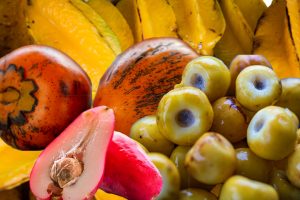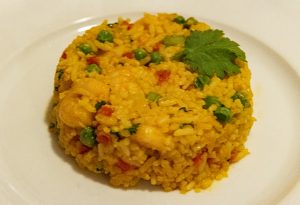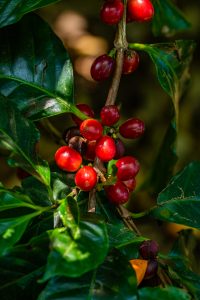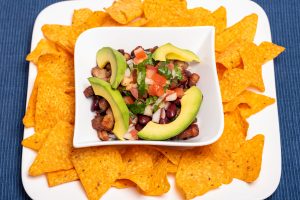The weather conditions make it possible for all different kinds of plants and tropical fruits to grow in Costa Rica. Even if they are from other latitudes in the world.
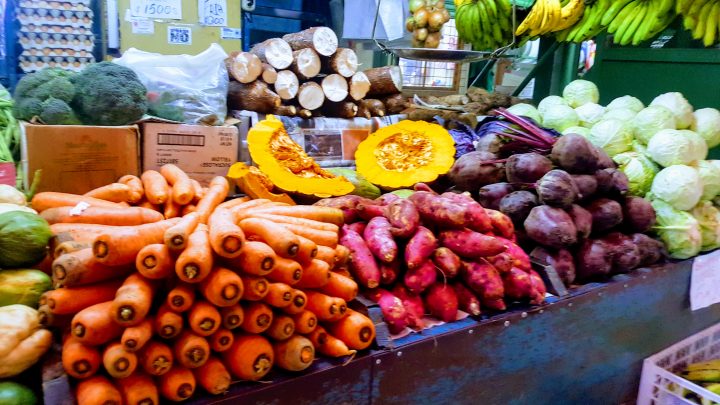
In the last 20 years, fruit production in Costa Rica has become very developed, especially the farms that grow fruits for exportation.
Next to the traditional transport of bananas, coffee, and coconut, Costa Rica also exports fruits such as pineapple, mango, macadamia nut, and melon.
There are a very large variety of fruits to be found in Costa Rica besides the already known and mentioned ones, but to keep it short, I will describe 4 types of fruits that you probably never heard of before: Pejibaye, Carambola, Nance & Manzana de Agua.
I bought these fruits in the local market, It’s always a nice idea and experience to go to the local markets and discover the different fruits they offer.
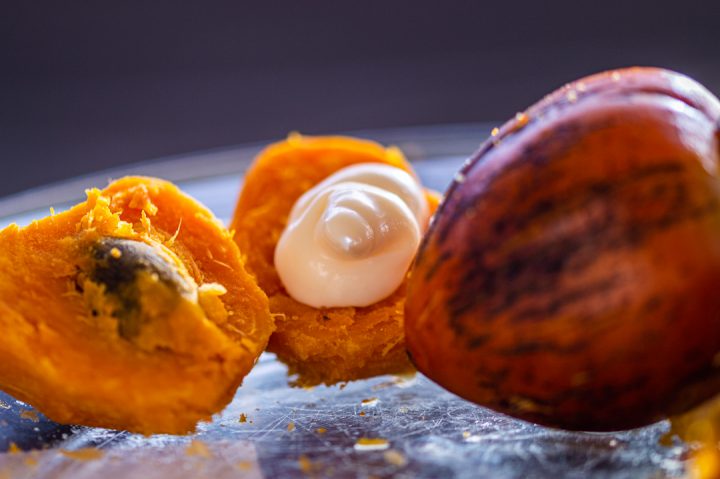
Pejibaye (Peach Palm) Bactris gasipaes
The Pejibaye is the fruit of a palm from tropical America, which is also used to make the Heart of Palm.
The Pejibaye looks like a tiny coconut and it is rich in calories and nutrients, including vitamin A.
The most common way to ea it is boiling first with some salt, and then peel it off and serve it cold, cut in half with some mayonnaise.
I also make a creamy soup with it and a pumpkin as a starter when having visitors.
If you go from Tortuguero to Sarapiquí or Arenal, in the area of Horquetas, you will see large palm plantations, although, these ones are mostly used for the heart of palm.
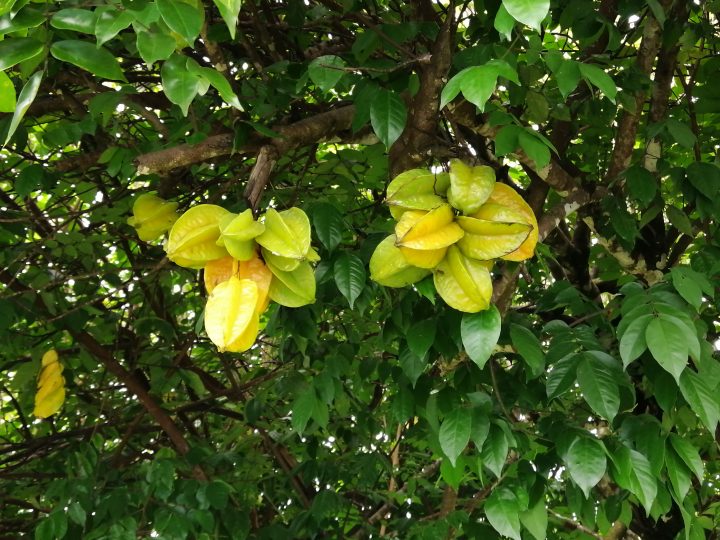
Carambola (Star Fruit) Averrhoa carambola
Even though the Carambola is not native to Costa Rica, it normally grows in warm and humid areas, such as the mid and south pacific, and Sarapiquí.
You can eat the Carambola as it comes, or in salads, but in Costa Rica, it is commonly used as a natural fruit drink that is very refreshing, especially on warm days.
This fruit contains as much vitamin C as an orange.
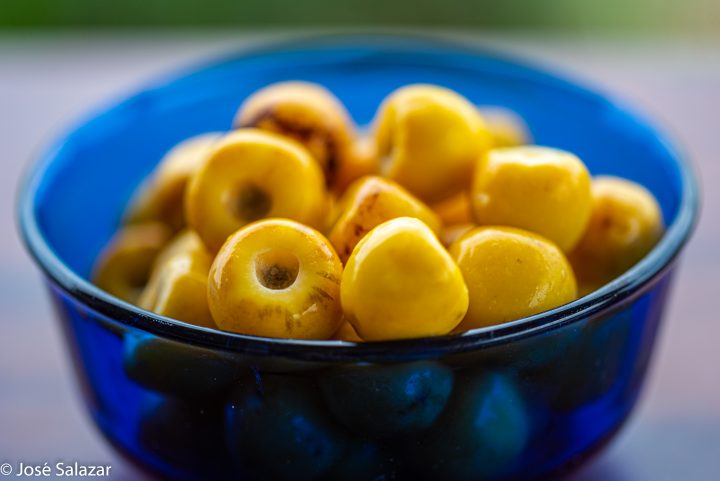
Nance (Nanzi) Byrsonima crassifolia
Although this fruit is well known in Central America, it is not widely available. Nanzi (Nance in Spanish) has a very distinctive taste and smell. It can be eaten fresh or cooked (like a jam). This fresh fruit contains at least as much vitamin C as an orange. In Costa Rica, this fruit is more famous for its combination with the local alcohol guaro. Guaro (aguardiente) is a drink made from cane sugar. The nances get soaked into the guaro to prepare a homemade liquor, like a schnaps. You can also find nanzi wine and nanzi based cream products.
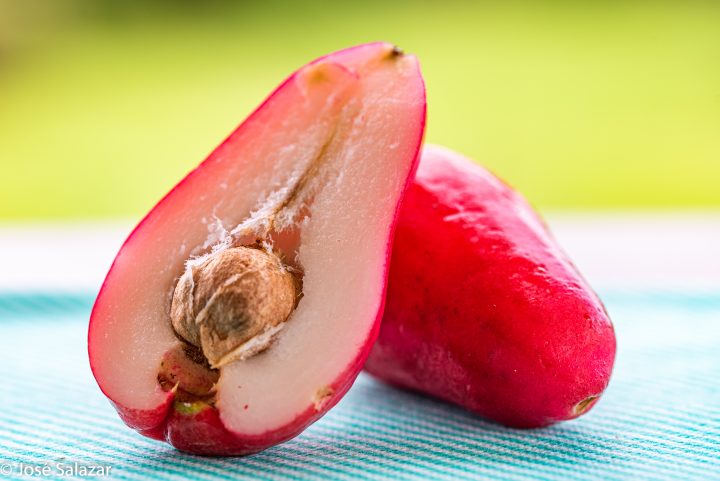
Manzana de Agua (Malay Apple) Syzygium malaccensis
The Malay Apple tree (Manzana de Agua in Spanish) is from Southeast Asia and has beautiful green leaves which makes a very nice contrast with these bright red apples.
The flowers of this tree grow from both the trunk as well as the branches. The pulp of the Malay apple is white, soft, and a bit spongy, with a nice aroma and it contains a lot of water, so is great for when you are thirsty.
However, this apple always has a bit of a dry taste oddly enough.
You can eat the apples fresh or as a jam. At one hotel we visited they have a beautiful Malay Apple tree and we enjoyed a delicious Malay Apple tree jam on our toast for breakfast.
The best time to find Malay apples is around May, June, July. You may not find them often at the supermarkets, but if you are lucky, you can find them at one of the many local markets.
There are many other fruits that you can find and try all around the country, and even some you can have as a fresh juice drink in many different restaurants, make sure you ask for the list of “naturales” to get a variety of fresh fruit drinks.
Would you like to know more about which fruits you can discover, or do you have any other questions about Costa Rica? Don’t hesitate to contact us.

